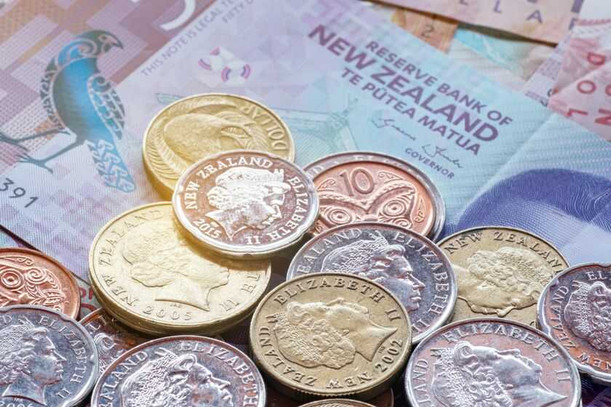Intro
The Reserve Bank of New Zealand (or RBNZ, as it is often referred to) is the central bank of New Zealand. As such, it is in charge of the monetary policies and other currency issues that help to keep the New Zealand economy in balance.
The New Zealand government owns the RBNZ, and the current Governor of this institution is Adrian Orr. The Reserve Bank of New Zealand doesn’t offer banking services to the public. It refers them to other entities through its home webpage.
The history behind the RBNZ
The RBNZ was constituted in 1934 through the Reserve Bank of New Zealand Act 1933. It has belonged to the government of the country since 1936, and it remains so today as well. Its functions haven't changed much since the foundation date.
In 2007, the government decided that the Bank needed to expand its role over the regulations and policies. Besides the monetary regulations it was already supervising, the Governor of the RBNZ was also going to be in charge of the rules on financial and insurance companies among other private entities that were related to banking services.
What is its role?
Like all central banks around the globe, the RBNZ is the entity that procures to manage the different financial tools to boost the economy and avoid inflation or deflation problems. To achieve it, they decide on the monetary policies and regulate de interest rates of the county’s currency, the NZD, or New Zealand Dollar.
It regulates and supervises other bank entities; that way, they can secure that the banking services offered to the public are fair and lawful. In 2018, the RBNZ had 26 bank institutions under its regulation. It also establishes the flow of the currency in the country and manages the payment systems.
How is it organized?
The Reserve Bank of New Zealand works under a managerial hierarchy, which means that the responsibilities are divided between different management positions. The principal manager position in the RBNZ is the Governor. He is in charge of the primary roles of the Reserve Bank related to monetary regulation and policies.
The RBNZ belongs to the government of New Zealand entirely, contrary to other central banks that have elements of a private system. It means that it answers to the Parliament, and has to give annual dividends to the New Zealand government. Eight times a year, the Governor, together with the Minister of Finance, decides over the policies and make appropriate adjustments.
How to trade using it as reference
The policies of the RBNZ and its changes are public knowledge, which prevents the government from making secret changes that could affect the short-term rates in their benefit. The Reserve Bank uses a financial tool called the official cash rate, where it can increase the cash rate at any moment.
With a higher rate, banks will instead make a deposit directly to the RBNZ, which can make loans without limits on the volume. Also, the NZD is one of the most traded currencies around the world because of its stability, so it is “safe” for trading in Forex.





